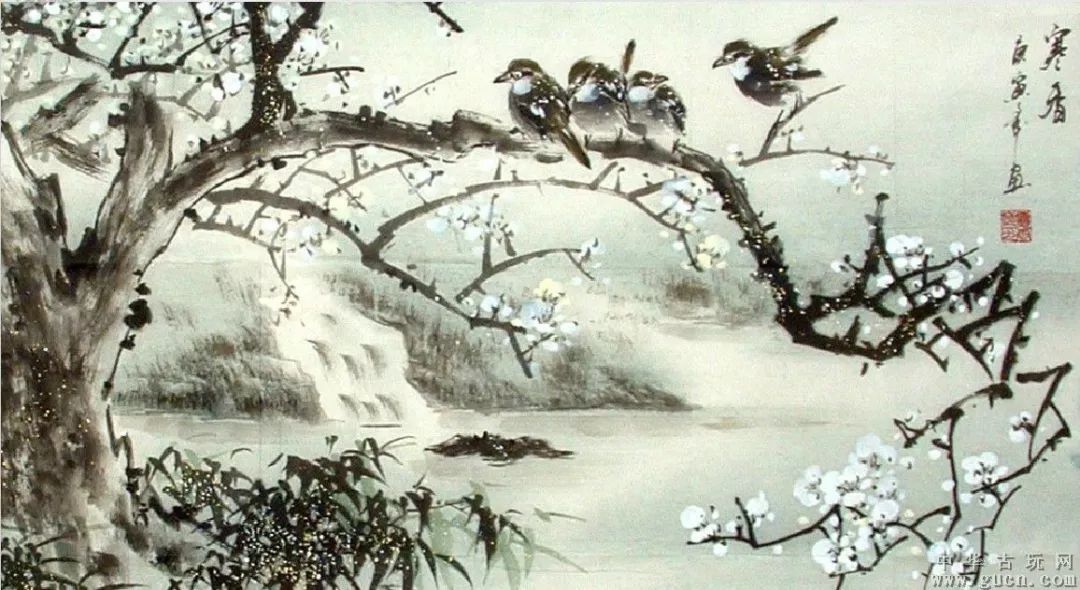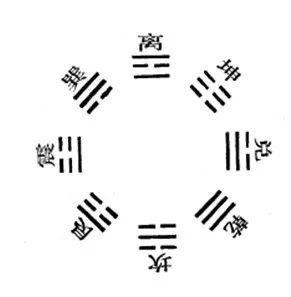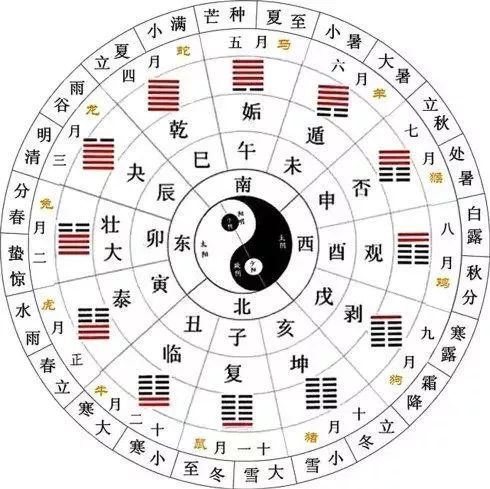
The author has studied the twelve meridians and the dual diagnostic pulse method of Yin and Yang under the guidance of Daoist priest Zhu Huaying at the sacred site of Wudang Mountain for many years. Following Zhu Huaying’s approach of analyzing pulse patterns through the lens of the Neijing (Inner Canon), which emphasizes the unity of heaven and humanity and their mutual correspondence, it is understood that “humans are born from the qi of heaven and earth, and the laws of the four seasons are established”; “humans correspond to heaven and earth, and the sun and moon respond to each other.” The Yin and Yang qi of the human body is not visible, but can be sought in the qi of heaven and earth, the four seasons, and the movements of Yin and Yang of the sun and moon. The pulse patterns most reflect the balance and imbalance of the Yin and Yang within the twelve meridians and the five zang and six fu organs. However, to study the pulse patterns of the four seasons and the five zang organs, one must research the fundamental characteristics of the Yin and Yang qi of heaven and earth throughout the year, in order to truly comprehend the essence of pulse theory.

The Jinkui Yaolue | On Phlegm and Cough Disease Pulse Patterns and Treatment, Chapter Twelve states: “The double xian pulse indicates cold, while the偏弦 pulse indicates fluid retention.” In clinical practice, the cold is often represented by the jin pulse; why is the double xian considered cold?
In clinical practice, the sensations of the xian pulse and the jin pulse are often confused by beginners. The xian pulse corresponds to the liver in spring; during the third month of spring, the Yang qi of the Shaoyang begins to emerge from below, with abundant Yang qi on the ground, yet the sky still retains the lingering cold Yin qi of winter. Therefore, the hexagram for the east in spring is Zhen, where the upper and outer two lines are Yin, while the lower and inner line is the initial emergence of Yang, with heaven above and earth below, where heaven is cold and earth is warm.

The eastern Zhen hexagram
Spring is ultimately a transition from winter; the sky is cold while the earth is warm. Below the earth, Yang qi begins to emerge, and all things are born weak and tender. Thus, its qi is soft, light, and slippery, straight and long, which is characteristic of the xian pulse. The xian pulse has a straight and long pulse force, feeling like pressing a string on a musical instrument, firm and straight, similar to a tight pulse. In fact, the reason the xian pulse is xian is precisely because of the lingering cold of winter into spring. However, the temperature in spring is predominantly mild, and although there is residual cold from winter, this cold is gradually dissipating. Therefore, the cold is not strong, and this characteristic of external cold and internal warmth in spring is reflected in the pulse as xian. Because the cold is slight, the pulse appears only as a single tight string in the middle, which is the xian pulse. By summer, the xian pulse disappears; why? Because summer is characterized by hot qi, and the cold has completely dissipated, with Yang qi fully manifesting, resulting in a hong (surging) pulse. In the lunar third month, there is still a trace of cold qi in the sky, but by the lunar fourth month, the hexagram is Qian, which is pure Yang without Yin, so the pulse no longer contains the xian factor.

In the first, second, and third months, the sky has cold Yin qi, hence the Yin lines in the three hexagrams are in the sky.
Regarding the jin pulse, it primarily indicates cold, which is the qi of winter from the north. The cold of winter is characterized by contraction and closure, making objects hard and tight. This is actually a simple principle of thermal expansion and contraction: objects become soft and expand when heated, and contract and become hard when cold. In winter, when the heavens and earth are cold, the earth becomes hard, and water freezes into solid ice, which is due to the cold qi. Therefore, cold pathogens cause illness, resulting in an overall tight and strong pulse. In contrast, the spring xian pulse has a middle that feels like a tight string. This illustrates the similarities and differences between the xian pulse and the jin pulse. However, if in clinical practice, the pulse felt under the fingers is difficult to distinguish between xian and jin, this pulse is actually a firm and tight xian pulse. The xian corresponds to the liver, while the jin corresponds to cold, indicating a condition of cold stagnation in the liver meridian, requiring warming the meridian and dispersing the cold in treatment.
Additionally, in clinical practice, when both pulse positions are found to be deep and xian, patients often exhibit symptoms of abdominal coldness and lack of warmth, as the spring xian pulse contains cold Yin qi. Therefore, “the double xian pulse indicates cold,” and in treatment, it is necessary to use warming herbs to disperse the cold, such as Gui Zhi (Cinnamon), Wu Zhu Yu (Evodia), Fu Zi (Aconite), and Hui Xiang (Fennel).

